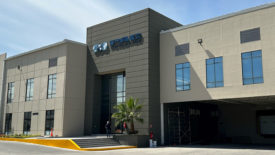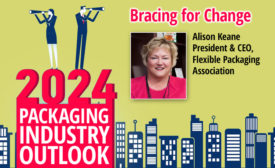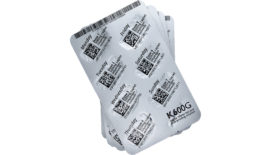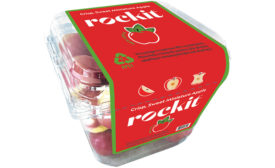Articles by Brad Addington
Editor's Note | Brad Addington
When a non-packaging-related news outlet makes 34 bold predictions for 2024 and two of them relate to packaging, it’s a sure sign of packaging’s importance in the global economy and in environmental efforts.
Read More
Bottles
Goodbye to Single-Use Plastic
From bamboo to Dry Molded Fiber to paper, companies are turning to sustainable alternatives to plastic when it comes to bottle production.
January 9, 2024
2024 Packaging Industry Outlook
CPG Firms Gear Up to Meet Recyclability Mandates, Brands’ Sustainability Goals
December 11, 2023
Foils
Brand Protection, Pill Protection & Aesthetic Appeal
The myriad functions of foil in CPG are exemplified by these developments that made headlines in 2023.
December 8, 2023
Editor's Note | Brad Addington
An organization that recognizes excellence in packaging has unexpected ties to my geographical roots and one of my favorite bands.
Now and Then
December 5, 2023
Veterans Day Profile
How an Army Veteran is Transforming Cultures, Chaos and Bottom Lines
November 10, 2023
Packaging Strategies
Sustainable Packaging: Top Stories of Fall 2023
In this article, we share some of our top picks for the most intriguing developments in sustainable packaging announced in September and October.
November 7, 2023
Editor's Note | Brad Addington
How a Chance Encounter Led to a New Discovery in Sustainable Packaging
Mixing business with pleasure
November 7, 2023
Keep the info flowing with our eNewsletters!
Get the latest industry updates tailored your way.
JOIN TODAY!Copyright ©2025. All Rights Reserved BNP Media.
Design, CMS, Hosting & Web Development :: ePublishing









